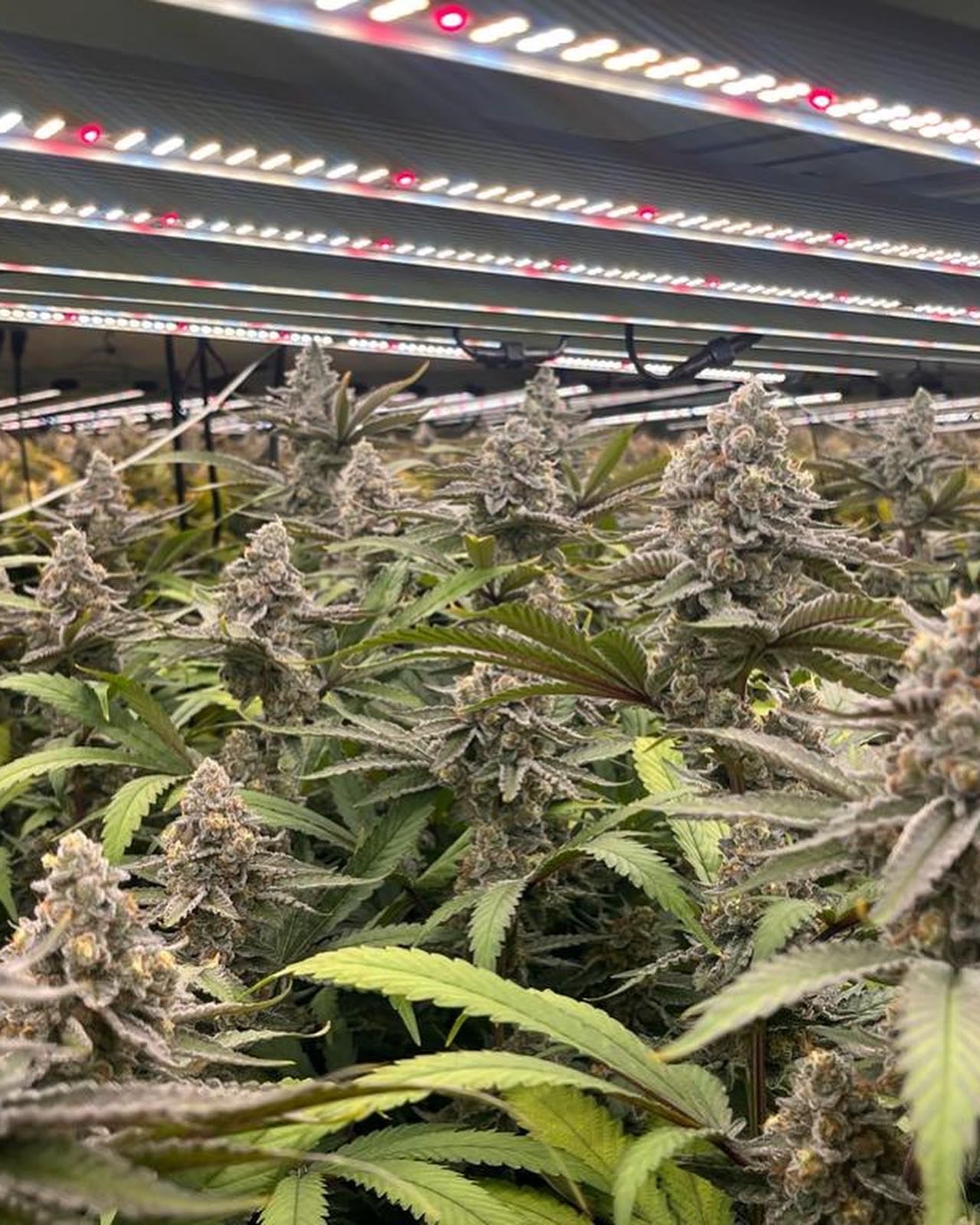
A Guide to Minor Cannabinoids
Minor cannabinoid cannabis plants refer to varieties of cannabis that have relatively low levels of delta-9-tetrahydrocannabinol (THC) and cannabidiol (CBD) but contain higher concentrations of lesser-known cannabinoids. These minor cannabinoids can have distinct effects and potential therapeutic benefits. Here's an explanation of the chemotype of minor cannabinoid cannabis plants:
-
Cannabinoids:
- Minor cannabinoid cannabis plants have low levels of THC, typically below 1%, which means they do not produce significant psychoactive effects.
- CBD levels may also be relatively low, but the focus of these plants is on other minor cannabinoids.
- The chemotype of minor cannabinoid cannabis is defined by the presence of one or more of the following minor cannabinoids in relatively high concentrations:
a. Cannabigerol (CBG):
- CBG is often found in higher amounts in minor cannabinoid cannabis plants.
- It is believed to have potential anti-inflammatory, cleansing, and neuroprotective properties.
- CBG is sometimes referred to as the "mother cannabinoid" because it is a precursor to THC, CBD, and other cannabinoids.
b. Cannabinol (CBN):
- CBN is a breakdown product of THC that increases as cannabis ages or undergoes decarboxylation.
- It may have mild sedative effects and is sometimes associated with promoting sleep.
c. Tetrahydrocannabivarin (THCV):
- THCV is a cannabinoid that can produce stimulating and energizing effects.
- It is believed to have potential appetite-suppressing properties and may be useful in weight management.
d. Cannabichromene (CBC):
- CBC is another minor cannabinoid that may help with temporary aches and pains through its unique properties.
- It is often found in combination with other cannabinoids in minor cannabinoid chemotypes.
-
Terpenes:
- Terpenes play a crucial role in the aroma and flavor of cannabis and can also contribute to the overall effects of the plant.
- Minor cannabinoid cannabis plants may have diverse terpene profiles that add complexity to the sensory experience.
-
Effects and Uses:
- The effects of minor cannabinoid cannabis plants can vary depending on the specific combination of minor cannabinoids and terpenes present.
- Users often seek out these strains for potential therapeutic benefits, such as pain relief, relaxation, or mood enhancement, without the strong psychoactive effects associated with high-THC strains.
-
Applications:
- Minor cannabinoid chemotypes are of particular interest to researchers exploring the therapeutic potential of these less-studied cannabinoids.
- They may be used in medical cannabis formulations for conditions where the specific properties of these cannabinoids are desired.
It's important to note that the chemotype of minor cannabinoid cannabis plants can vary widely depending on the strain and cultivation methods. As research continues, our understanding of the effects and potential benefits of minor cannabinoids will likely expand, providing more targeted options for both expert and recreational cannabis users.
Featured collection
-

Auto Glu CBD Seeds
Original price $20.00 - Original price $175.00Original price$20.00 - $175.00$20.00 - $175.00Total Price: $20.00Parent Strains: Auto Alpha x Purple Thai Cannabinoid Profile: CBD Dominant Potential THC:CBD Ratio: 30:1 *Pre-Harvest CBD: 9.35%, THC: 0.24% *Post-...
View full details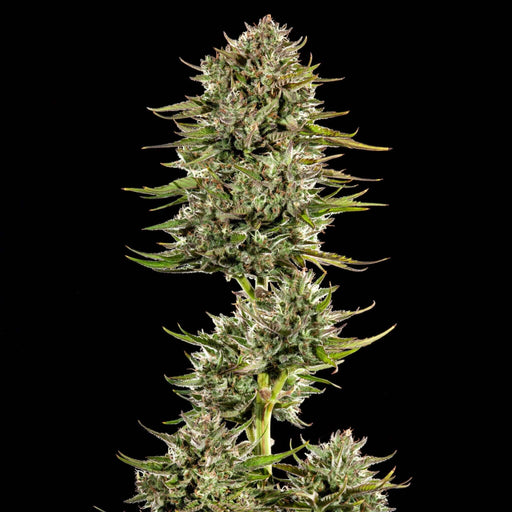
Auto Face Gas Feminized Cannabis Seeds
Original price $15.00 - Original price $350.00Original price $15.00 - Original price $350.00Original price $50.00$15.00 - $350.00$15.00 - $350.00Total Price: $15.00Parent Strains: Gorilla Glue x OG Cannabinoid Profile: THC Indica-Dominant Hybrid Potential CBD: THC Ratio: 25:1 *Post-Harvest CBD: 0%, CBG...
View full details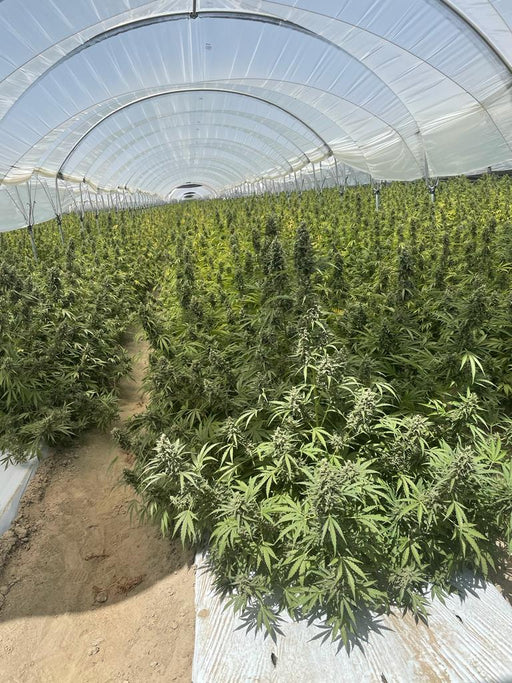
Auto EZ Bake Feminized Cannabis Seeds
Original price $15.00 - Original price $350.00Original price $15.00 - Original price $350.00Original price $50.00$15.00 - $350.00$15.00 - $350.00Total Price: $15.00Parent Strains:¬†Sour Auto X Cookie Dog Cannabinoid Profile:¬†THC Indica-Dominant Hybrid Potential CBD: *Post-Harvest¬†CBD:¬†0%,¬†CBD:¬†1%,¬†THC:¬...
View full details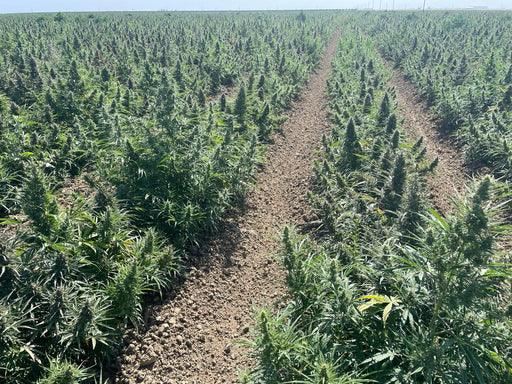
Auto Magik CBD Seeds
Original price $30.00 - Original price $175.00Original price $30.00 - Original price $175.00Original price $30.00$20.00 - $175.00$20.00 - $175.00Total Price: $20.00Parent Strains: Auto Magik x Auto Magik Cannabinoid Profile: CBD Dominant Auto Flower Potential CBD:THC Ratio: 20-25:1 CBD Content: 6%-10% Aroma: S...
View full details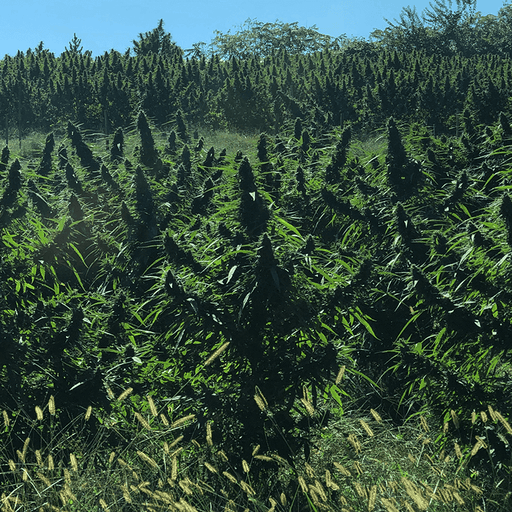
Auto Alpha CBD Seeds
Original price $30.00 - Original price $175.00Original price $30.00 - Original price $175.00Original price $30.00$20.00 - $175.00$20.00 - $175.00Total Price: $20.00Parent Strains: Auto Alpha x Auto Alpha Cannabinoid Profile: CBD Dominant Auto Flower Potential CBD:THC Ratio: 20-25:1 CBD Content: 6%-10% Aroma: C...
View full detailsSTAY UP TO DATE
Submit your email to get updates on products and special promotions.










